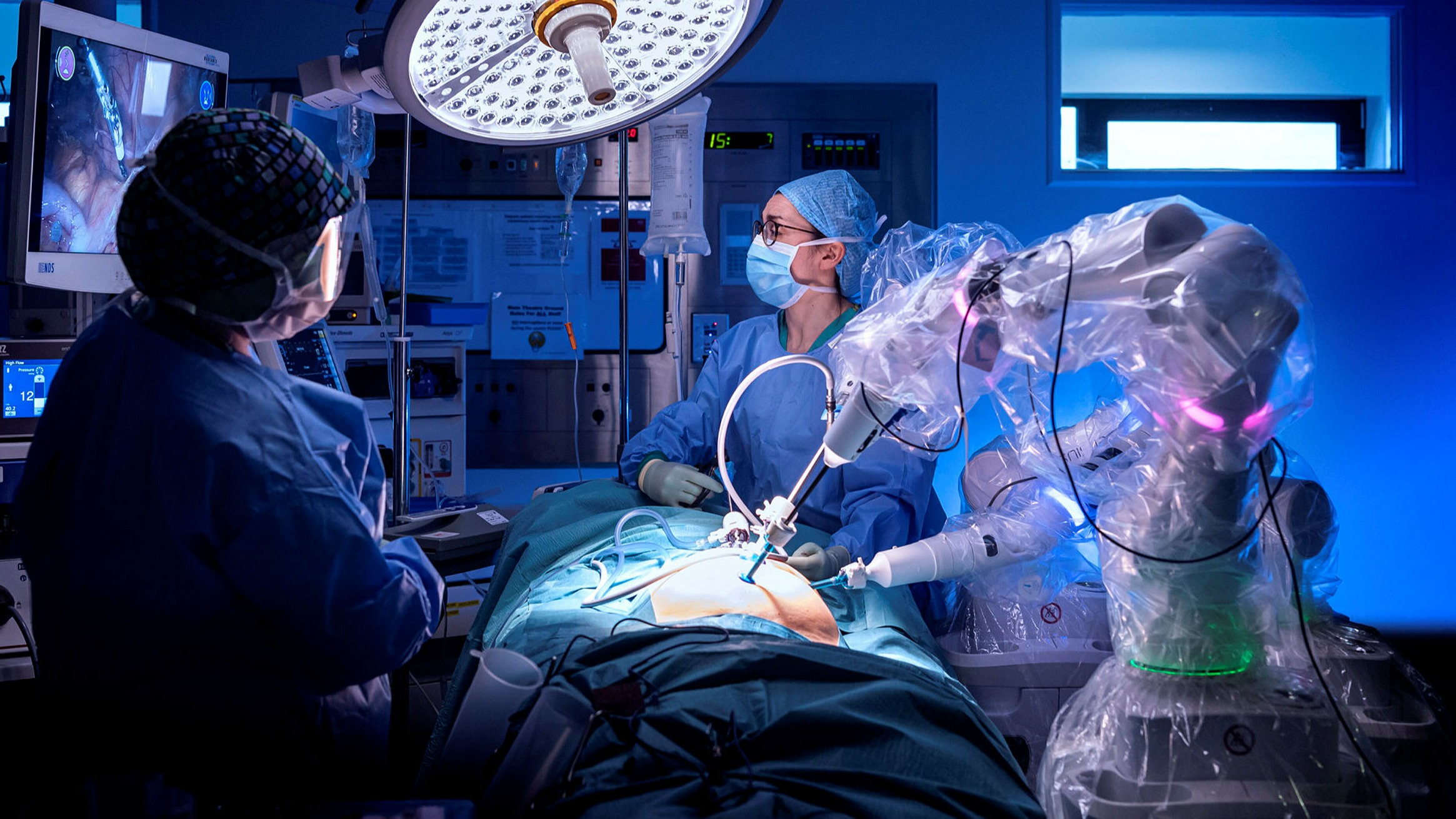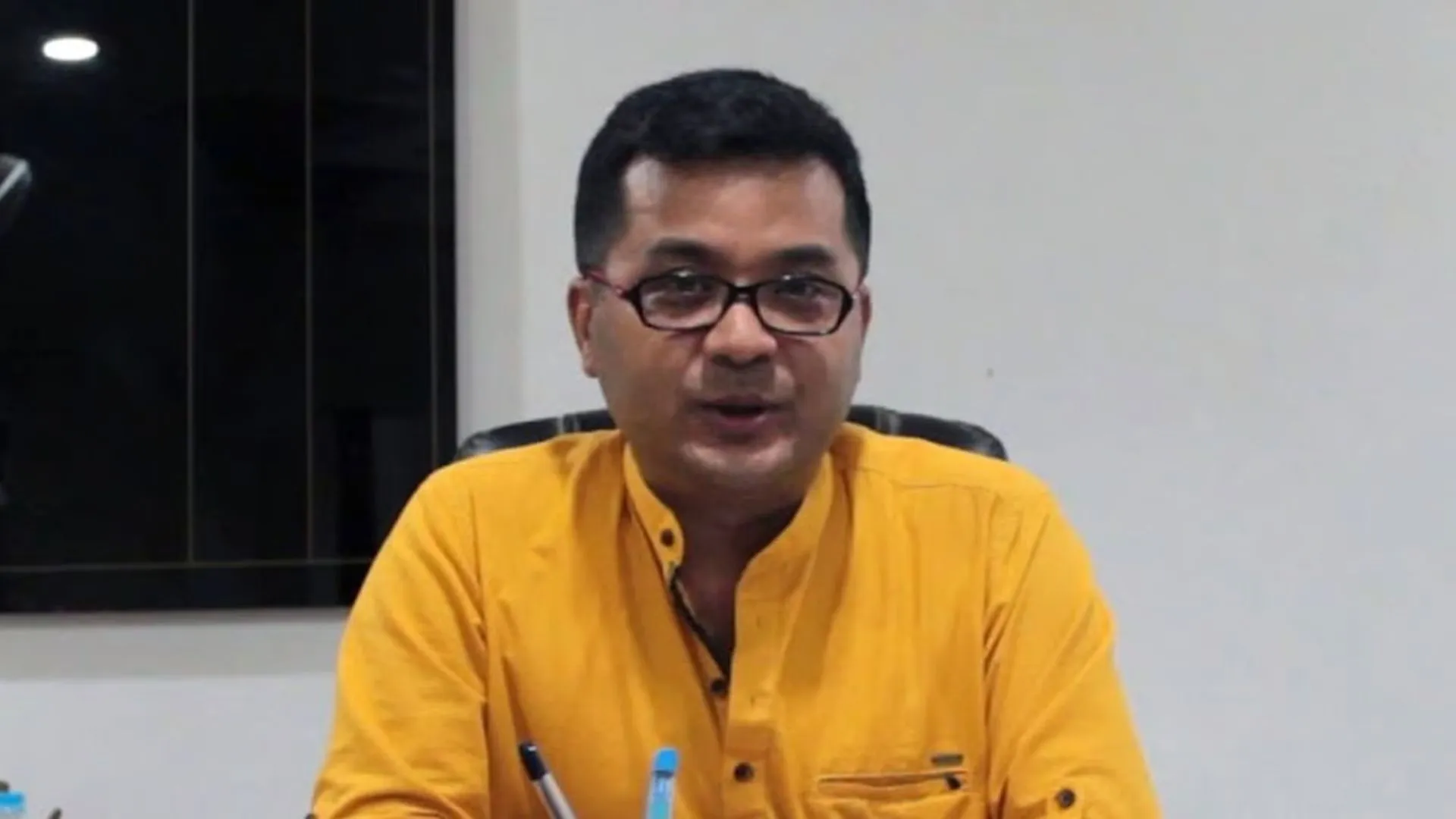In recent years, there has been a rapid increase in the use of robot-assisted neck dissection as an alternative method for conventional neck dissection for oral, tongue, head, and neck cancers. The robotic infraclavicular approach for minimally invasive neck dissection (RIA-MIND) technique appears to have alleviated the difficulties encountered in its contemporary techniques and allows for one-stop completion of neck dissection of all neck levels (I-V). This technique has been found to be feasible and effective, and it has gained popularity due to its many advantages over traditional open procedures and other contemporary robotic neck dissections.
One of the most significant benefits of RIA-MIND is that it leaves no scars on the frontal aspect or back of the neck. The wounds are just below the collar bone and the wounds heal quickly leaving minimal but acceptable scars. This procedure not only avoids the neck scar but also hastens wound healing and results in cosmetically acceptable scars. Furthermore, as the wound heals fast the next treatments like radiation can start as early as 10 days unlike in open surgery where it may take more than 20 days. These patients recover much faster and stay in the hospital for much less time than open surgery patients. The average length of hospital stay was 3 days, which was less than the 14.55-day mean length of hospital stay reported in the enhanced recovery after surgery (ERAS) study for head and neck surgery.
RIA-MIND incisions, as performed today, are 2.5 cm in length, with the resulting scar located below the clavicle (collar bone) and concealed by the patient’s clothing. This technique has been successfully used to treat tongue cancer, cheek cancer, and lip cancer. Neck dissection with minimal access for oral cancers has been performed using both standard laparoscopic equipment and robotic technology. There is currently more literature available on robotic neck dissection than on standard endoscopic equipment, with the current method involving a retroauricular incision followed by a modified facelift both of which need 10 cm or more sized incisions. Findings have proven RIA-MIND to be a feasible as well as an oncologically safe procedure.
Recent USA based KS International award for RIA-MIND technique has established this technique worldwide. However, the MIND technique previously described by Dr Sandeep Nayak can be performed without the need for specialized equipment. This technique can be replicated at any center with laparoscopic equipment without the need for specialized retractors or a robot. Longer-term studies with larger sample sizes are required to standardize this technique.
A case study of a Sikh patient treated by us highlights the unusual benefits of RIA-MIND in respecting patients’ religious beliefs while providing effective treatment. In this case, a Sikh patient required lymph node removal from the neck due to tongue cancer. With the RIA-MIND technique, no incision was required on the neck, so the patient did not have to shave, which was important due to religious beliefs. The surgery was successful, with more than 50 nodes removed in the process, and the patient was happy with the result.
In conclusion, RIA-MIND is a feasible, secure, and aesthetically superior technique for the treatment of oral, head, and neck cancers. The advantages of this technique over traditional open procedures, such as no scarring, pain-free recovery, and faster hospital discharge, along with precision of robotic surgery make it an attractive option for both patients and surgeons. While the use of specialized equipment such as robots may improve the quality and precision of the surgery, the technique can also be performed with standard laparoscopic equipment, making it accessible to a wider range of patients.
Dr Sandeep Nayak P, Senior Director – Department of Surgical Oncology & Laparoscopic Surgery, Fortis Hospitals.

















